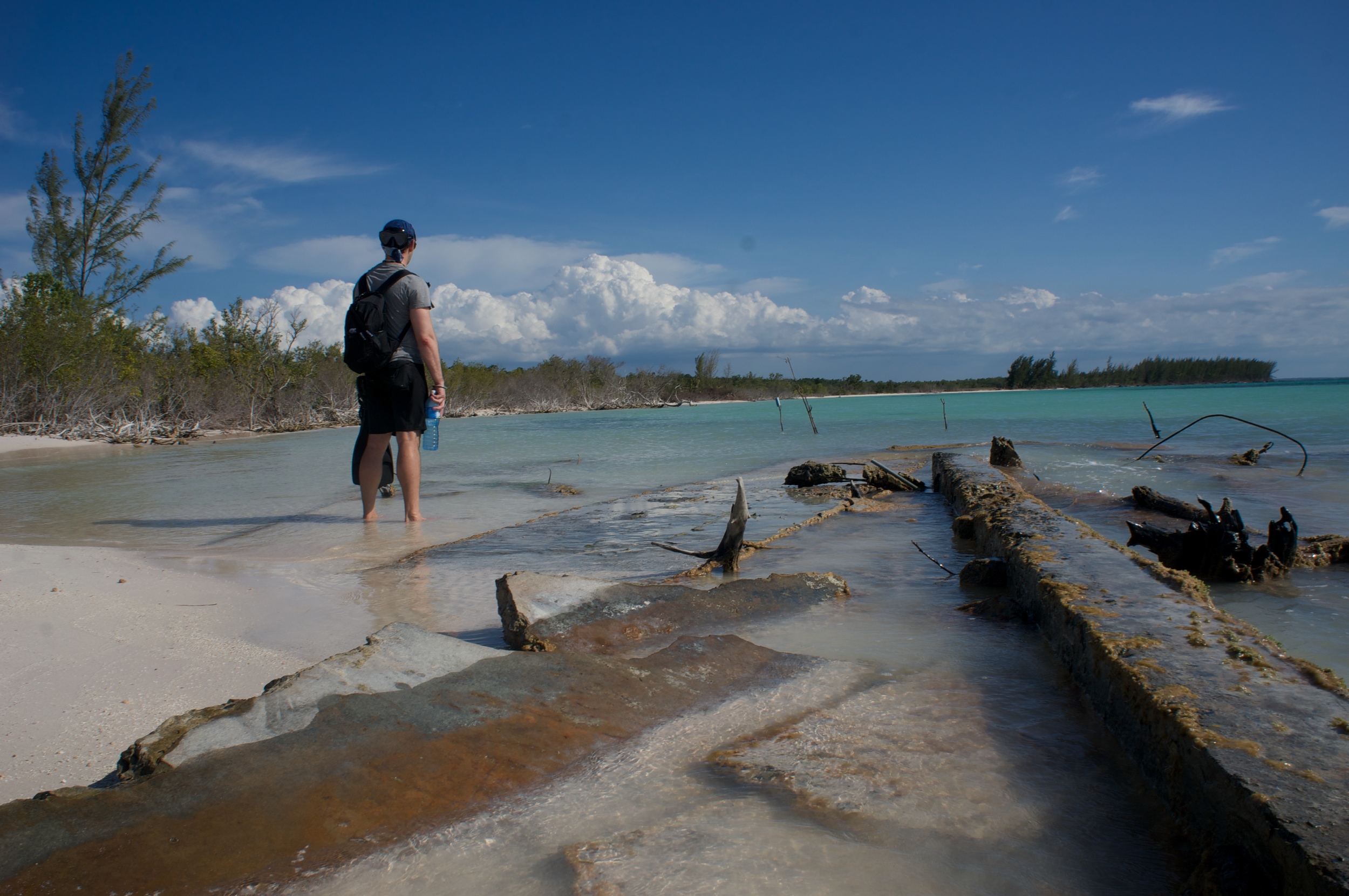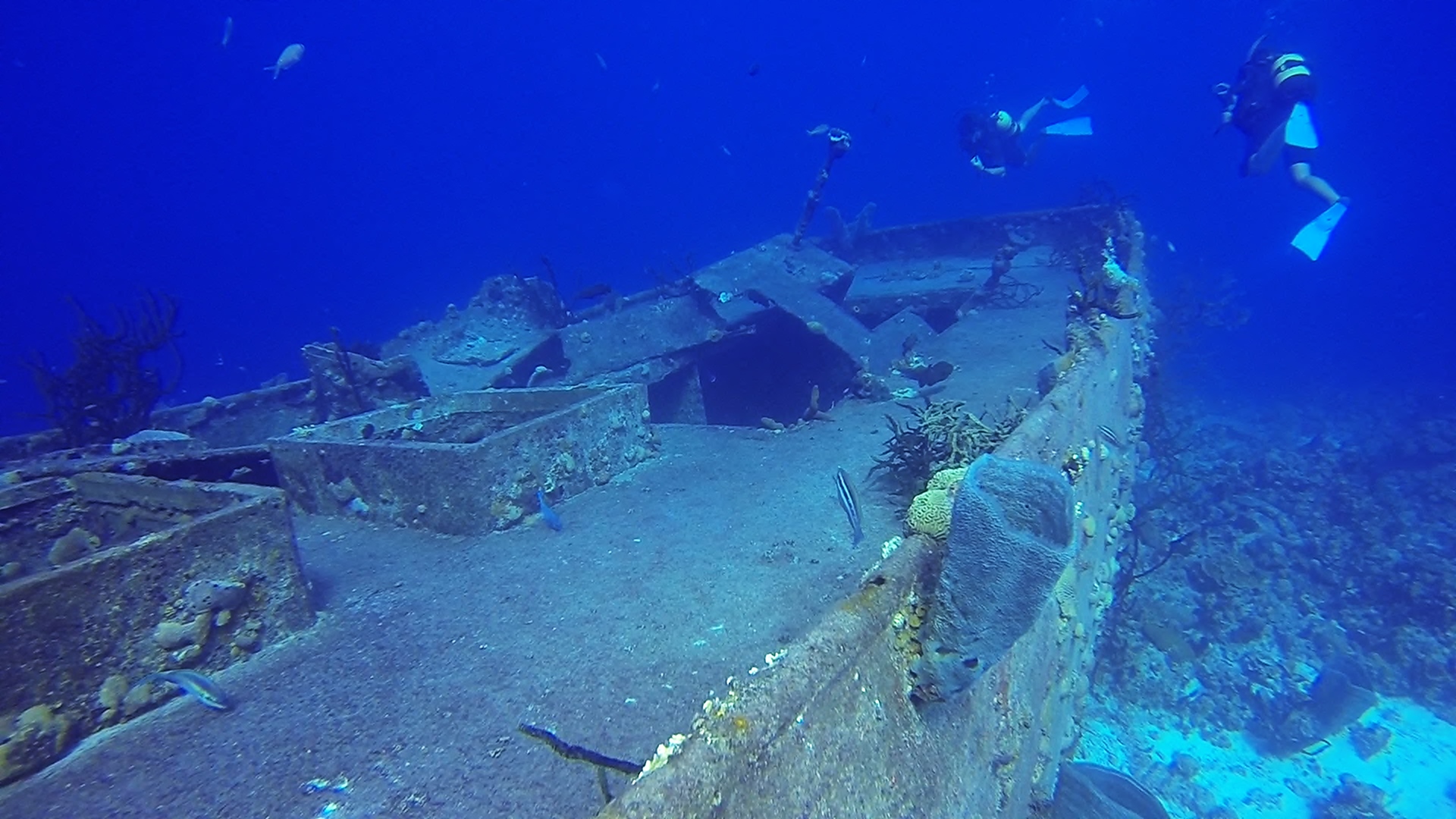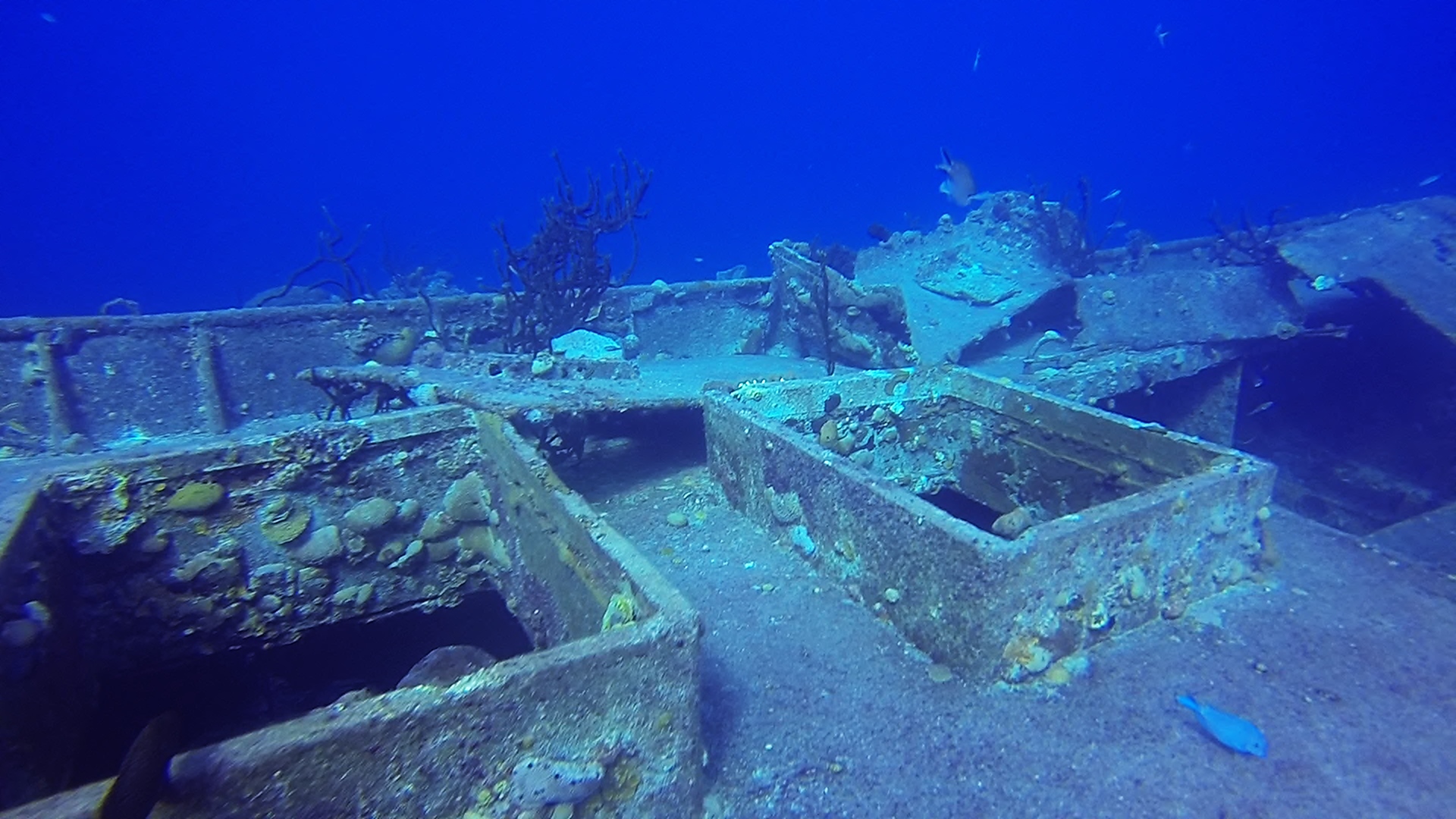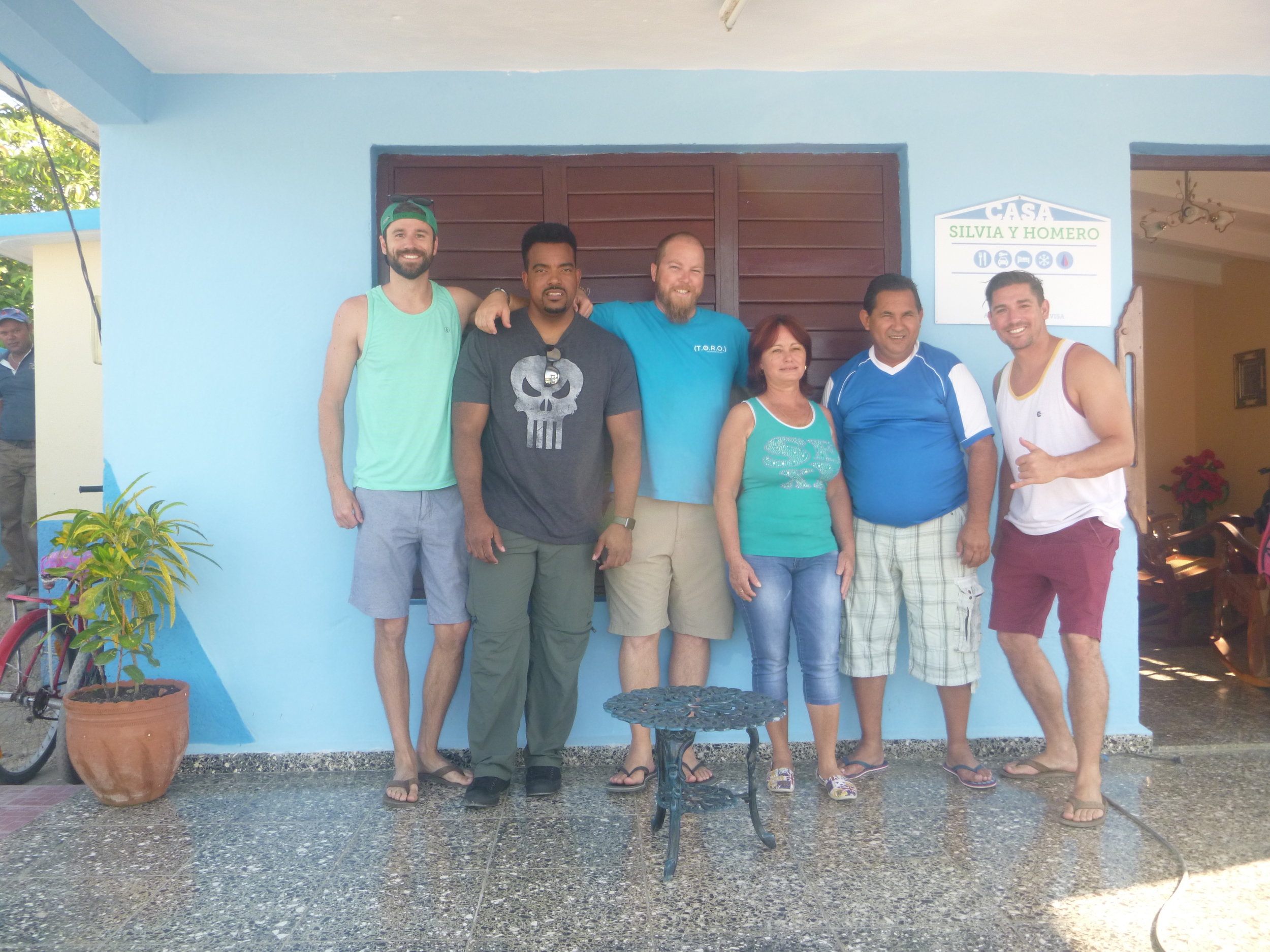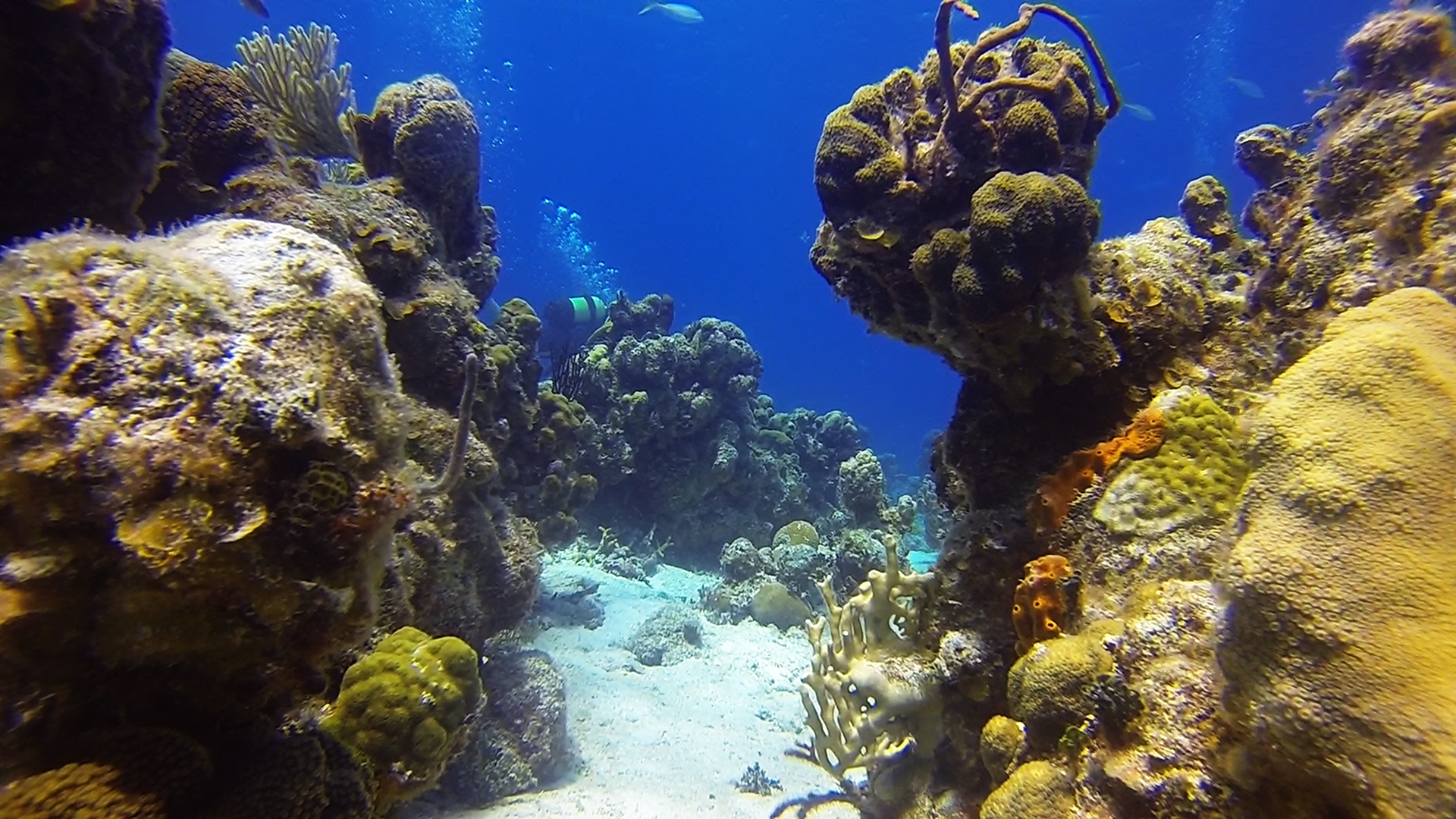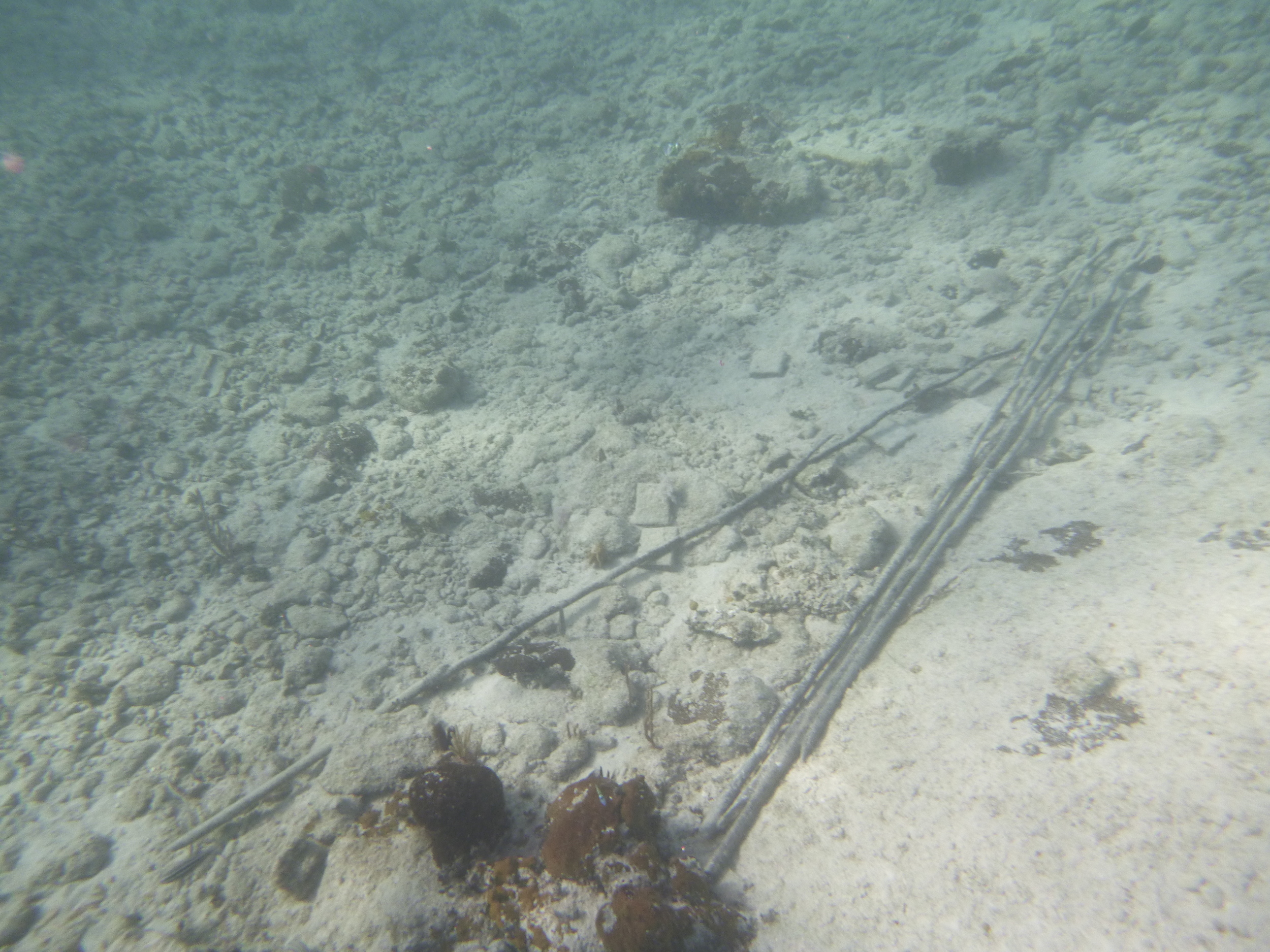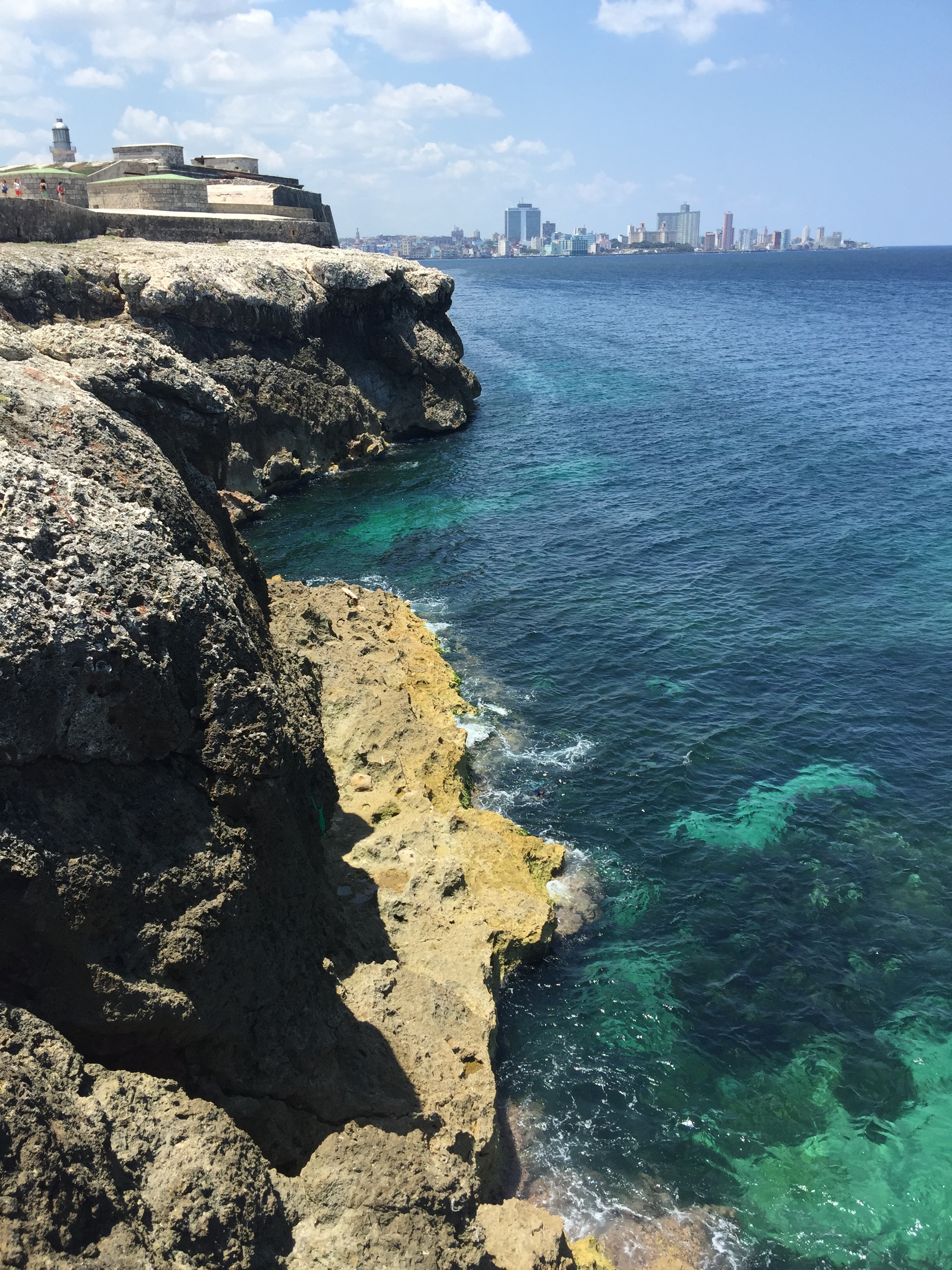In late April 2016 Thunderbeard Outdoor Restoration Organization completed its first international mission to Cuba. Our team covered just under 1000 km of the western part of the main island, through three national parks and three UNESCO world heritage sites. It was an amazing trip through a gorgeous country, where we were able to accomplish a variety of projects on behalf of US environmental organizations while initiating contact with local agencies for further cooperation.
Vinales Valley
The first stop on our trip was the UNESCO world heritage site of Vinales Valley, where we met with well-known local climbers to deliver a 40 pound bag of donated Black Diamond safety gear on behalf of Cuba Climbing. We have partner organizations that specialize in safe and environmentally responsible commercial climbing, so this will surely be a leading candidate for a return trip in the near future. The town of Vinales is ripe to become one of the greatest adventure-hub towns of the world, possibly on the level of Queenstown, New Zealand, with a myriad of outdoor activities in the immediate area and an energetic and ambitious local populous. The influx of American tourism dollars will hopefully allow them to develop the infrastructure to support these activities while protecting the unique beauty of the region.
From the town of Vinales we drove north about an hour, over fairly treacherous and pothole ridden village roads and a relatively well-maintained causeway, to the end of Cayo Jutias. The views on this drive are indescribable, with white sands and cyan seas in one direction, and the otherworldly mogotes of Vinales in the other. The area feels extremely remote so we were shocked to find a developed bar/restaurant tourist hangout at the end of the caye, complete with paddle boats and a dive shop.
Cayo Jutias
We performed a beach cleanup almost a mile south of the restaurant to the end of the caye on behalf of Project Aware (link coming soon). Most of the garbage we found was centered around the restaurant and scattered down the beach where tourists had hiked or made camp. There didn't seem to be any washing in from the sea or in the water. The public garbage cans in front of the restaurant and tourist area were broken, overflowing, and did not have bags. It seems like some minor improvements to these trash bins would reduce the detritus in the immediate area and along the otherwise pristine beach significantly. Cayo Jutias Project Aware Blog Page
Leaving Pinar del Rio we drove the easy 5 hour stretch of mostly well maintained highway to the sleepy beach town of Playa Larga, on the northern tip of the infamous Bay of Pigs. The bulk of our trip was spent in this region performing surveys in the bay, visiting local tourism hotspots, and meeting with officials for the tentative UNESCO world heritage site of Cienaga de Zapata National Park. More specific information regarding park management and environmental plans for endemic and invasive species can be found here on our detailed Zapata Page.
Punta Perdiz
During our stay in Playa Larga we performed Project Aware Dive against Debris events in Cueva de los Peces and Punta Perdiz which are linked to the results of our dives on the Project Aware website.
Cueva de los Peces is a unique dive site with a cenote cave dive inland, and a shore dive to a sea wall on the bay side across the street. The cenote is a well known area frequented by busloads of European tourists, and was in rough condition, with an obvious rainbow sheen of sunscreen across the pool, very low visibility, and an infuriating amount of floating bread loaves on the surface of the water. We stopped by briefly but our dives were conducted on the bay side, where there was shockingly not a single piece of garbage to be found in the water, save a recently deposited newspaper. Here we also conducted a lionfish survey on behalf of REEF. More information about this invasive species and local efforts to contain it can be found on the detailed Zapata page. We also donated a lionfish cookbook to the local dive shop to give them some ideas of how to keep this fish at bay (npi).
The Punta Perdiz dive site was another surprisingly developed spot along the bay, with facilities we were definitely not expecting. There is a large parking lot and open area at the point, with many covered chaise lounges and seating areas scattered along the shoreline rocks. A small cabana bar at the edge of the water near the dive put-in keeps very short hours, and there are free outdoor showers to rinse equipment and bodies nearby. This was a very strange feature as potable water seems to be in short supply in the casa particulares and facilities of the nearest town miles away.
Our dive in this area resulted in significantly more detritus collected, including some building materials, bottles, cans, and general garbage that was obviously blown into the water from the shore bar. The trash can at this location was again broken and completely overflowing even though the bar had closed just after we arrived.
We completed our road trip back to Havana where we were able to relax and visit some of the historic areas of the city. Children's toys are very hard to come by in Cuba, so we brought a bunch to give out to local kids, one of whom was playing with a condom-turned-water balloon that he happily traded for a couple matchbox cars. The city is lively and energetic, and the food is fantastic despite what many travel guides will tell you. By the end of our trip we were ready to come home, but already preparing a trip back. It was an amazing opportunity to get a glimpse of the city before their imminent explosion of tourism and construction. The first American cruise ship to Cuba in 40 years arrived the day after we left.
Trip overview:
The areas of Cuba we visited are expansive and remote, and the difficulty of access itself helps to preserve large sections of the island with little or no oversight. The litter that we came across during our cleanups and dives all seemed to be localized; washed or blown in from restaurants, bars and facilities in the immediate area. This is in contrast to our experience in other Caribbean and Central American coastal areas, where much of the detritus has been deposited in rivers and streams by various sources and washed downstream to collect on shores and reefs with no clear origin. Comparatively the Cuban issues of public garbage were minimal and seem much easier to correct. Some simple training or motivation of seaside employees or facility management would go a long way to reducing these instances. The issues of invasive species in Zapata National Park and the reintroduction and preservation of endangered species are discussed in depth on the Cienaga de Zapata page.
Useful Links (keep in mind US to Cuba travel info changes almost daily):
- US to Cuba travel info: State Department, Treasury FAQs
- Printable Maps
- My Casa Particular, local B&B booking site. Airbnb is also adding lots of new listings.
- Havanautos, car rental
- UNESCO Zapata National Park Info
- Bay of Pigs Dive Info: Cuba Linda, Cuba Diving
- Recommended Travel Info Sites: Cuba Junky, Autentica Cuba
- Interesting Articles, Pinar del Rio, Travel to Cuba
- Fantastic Aerial Photos
If you would like any more information about our trip, mission, or organization please contact us.
*Content provided by Richard Cobban, photographs provided by Richard Cobban, Santino Defendis, Doug Lytle, Michael DeGaetano, and Brian Krawczyk







